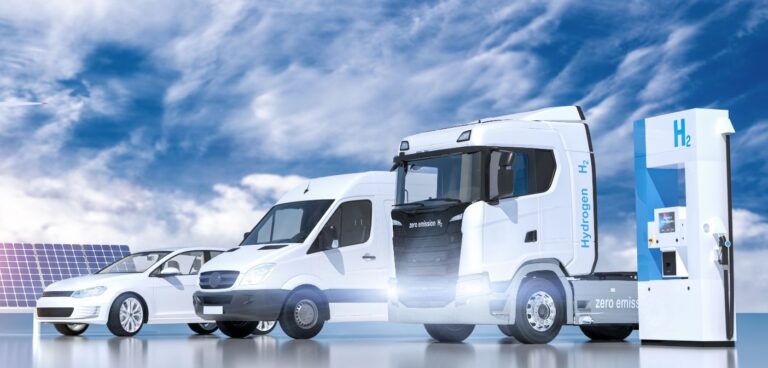The Scottish government has published a new report on the renewable energy requirements projected to be needed for the country’s transport sector between now and 2045.
The key finding from the report is that the amount of electricity and hydrogen Scotland’s transport system is expected to need is well within the limits of what its energy sector is expected to generate. In summary:
- The total demand forecast for hydrogen in Scotland ranges from 0.43 to 1.19TWh in 2030 and 4.45 to 14.83TWh in 2045 across all six scenarios outlined in the report.
- As a proportion of Scotland’s hydrogen production ambition, transport demand is forecast to range from 1.5 to 4.5% in 2030 and 4 to 14% in 2045.
- This means, that if production ambitions are achieved, there would be a significant volume of hydrogen available for other domestic applications and for export.
- The total annual demand for electricity in 2022 for all transport modes combined varies between 0.6 and 0.7TWh, increasing to between 2.8 and 4.4TWh in 2030, before reaching a peak of between 11.2 and 14.2TWh in 2045.
- To put those demand estimates into context, the estimated available capacity of renewable electricity is expected to increase from around 40TWh now to around 70TWh in 2030, and up to 90TWh in 2045.
These are the first forecasts to be developed to show the renewable energy requirements of the transport sector in Scotland. The report therefore provides new insight for Scotland’s energy and transport sectors to consider together.
According to Transport Scotland, the scale of change required for all vehicles in the country to be powered by renewable energy means that strong and strategic action across sectors is needed.
In addition to the main report, Transport Scotland has published an interactive tool so that transport planners, energy professionals and investors can see how different scenarios and vehicle types interact – and how changes in certain assumptions can impact the forecasts.
There are also closer looks at the hydrogen demand forecast in the Highlands, Fife, and Dumfries and Galloway, with all methods being set out so analysis can be replicated for other areas too.
Scottish minister for transport Jenny Gilruth said: “I’m pleased that we have published these new forecasts for renewable energy requirements across the transport sector.
“I know that there are businesses interested in investing in hydrogen transport who have been seeking more information on likely supply. This report fills an important gap in our understanding and will help the public and private sector accelerate towards renewables at pace.”
Gilruth added that “unlocking the potential of hydrogen” would be critical for Scotland’s heavy duty transport needs and said “new levels of ambitions” were needed to do so. “That is why we’re consulting on a new Hydrogen Action Plan.
“Within that plan we propose creating a Hydrogen for Transport Consortium to co-design a pathway to finance and build a network of hydrogen refuelling sites and develop economies of scale.
“The reports we have published today highlight the value of our hydrogen proposals and I look forward to working with industry as part of our ‘Mission Zero’ for transport.”





